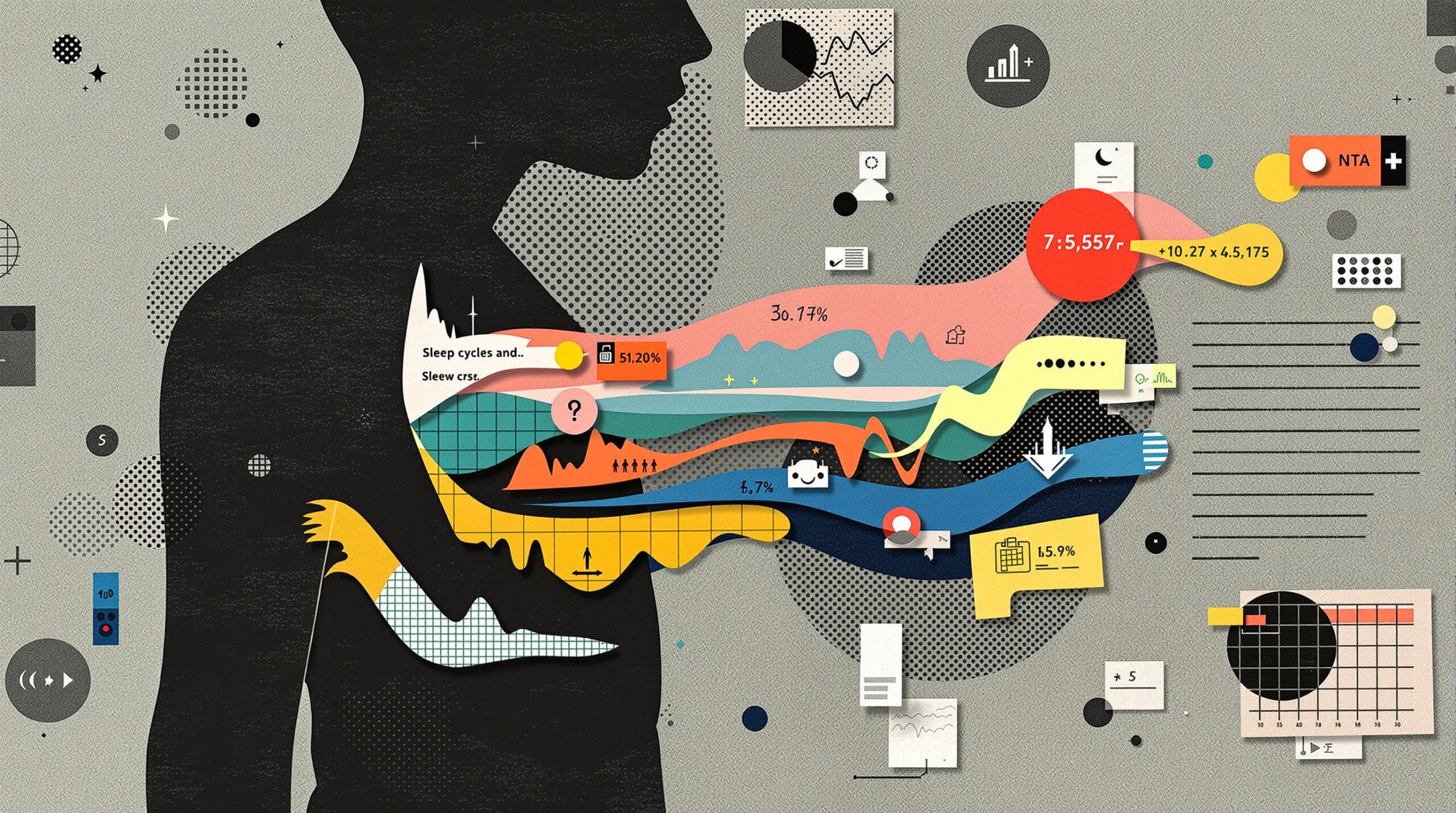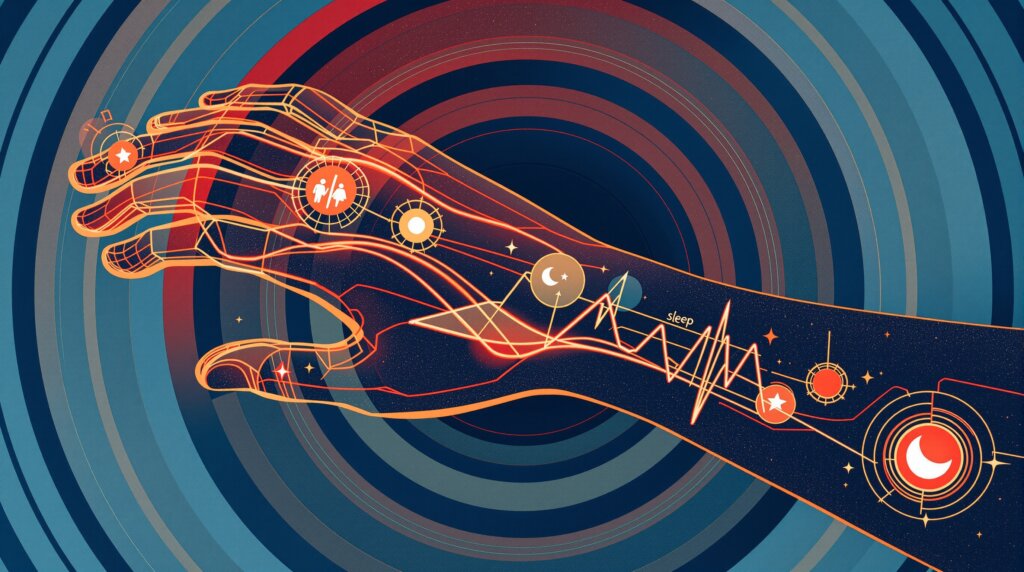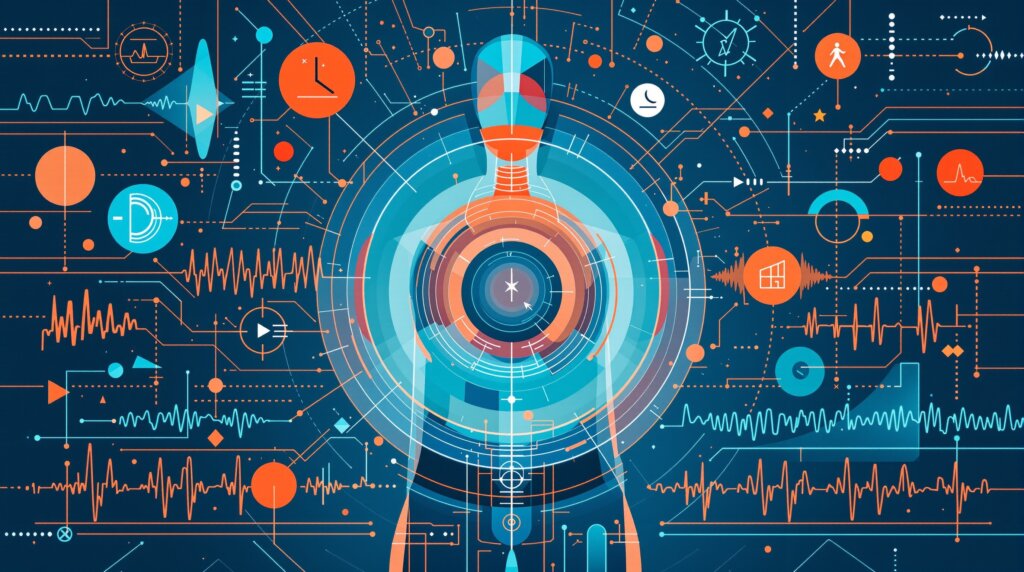Beyond Step Counting: The Evolution of Comprehensive Health Monitoring
The Transformation of Wearable Technology
The landscape of wearable fitness technology has undergone a remarkable transformation over the past decade. What began as simple pedometers and calorie counters has evolved into sophisticated health monitoring ecosystems capable of tracking dozens of physiological markers in real-time. Modern wearable bands now integrate advanced sensor arrays, artificial intelligence, and medical-grade accuracy to provide insights that extend far beyond basic activity tracking.
This shift represents more than just technological advancement—it reflects a fundamental change in how we approach personal health management. Today’s wearables offer the potential to detect early warning signs of health issues, optimize recovery protocols, and provide personalized guidance for long-term wellness. However, the effectiveness of these devices often depends on understanding what they measure and how to interpret the data they generate.

Advanced Sensor Technologies Revolutionizing Health Tracking
Multi-Modal Sensing Capabilities
Contemporary wearable bands incorporate an impressive array of sensors that work together to create a comprehensive picture of your physiological state. ECG sensors, for instance, can detect irregular heart rhythms and provide detailed insights into cardiovascular health patterns that simple heart rate monitoring might miss. These sensors are particularly valuable for identifying conditions like atrial fibrillation, though they’re not always as precise as clinical-grade equipment.
Oxygen saturation (SpO₂) sensors have become increasingly sophisticated, measuring blood oxygen levels continuously throughout the day and night. This capability proved especially relevant during recent global health challenges, as oxygen saturation monitoring became a critical health indicator. However, it’s worth noting that these measurements can sometimes be affected by factors like skin pigmentation, ambient temperature, and device positioning.
Skin temperature sensors represent another significant advancement, tracking subtle fluctuations in body temperature that can indicate everything from illness onset to hormonal changes. Multi-band GNSS technology has also enhanced location and movement tracking accuracy, enabling more precise workout analysis and outdoor activity monitoring.
The integration of these sensors creates opportunities for cross-validation of data, where multiple measurements can confirm or contextualize findings. For example, elevated skin temperature combined with increased resting heart rate and decreased heart rate variability might suggest the early stages of illness or overtraining.
AI-Powered Personalization: Making Sense of Complex Data
Intelligent Health Coaching Through Machine Learning
The true power of modern wearable bands lies not just in their ability to collect data, but in their capacity to analyze and interpret it through artificial intelligence. AI-powered systems learn individual physiological patterns over time, establishing personalized baselines that make anomaly detection more accurate and recommendations more relevant.
These intelligent systems can identify subtle correlations between different health metrics that might not be immediately obvious. For instance, the AI might notice that your heart rate variability tends to decrease on days when you consume caffeine after 2 PM, or that your sleep quality improves when you maintain consistent bedtimes even on weekends.
Personalized coaching algorithms can provide real-time guidance for training intensity, suggesting when to push harder or when to prioritize recovery. However, these recommendations are not infallible and should be balanced with personal awareness of how you feel. The AI may suggest an intense workout based on your metrics, but if you’re feeling unusually fatigued, it’s often wise to trust your body’s signals as well.
Specialized Monitoring: Alternative Wearable Formats
Beyond Traditional Wristbands: Expanding Form Factors
The wearable market has diversified significantly beyond traditional wristbands, with each form factor offering unique advantages for specific use cases. Smart clothing embedded with sensors can monitor muscle engagement and posture throughout daily activities, providing insights that wrist-worn devices simply cannot capture. These garments can track biomechanical patterns during exercise, helping users optimize their form and reduce injury risk.
Chest straps and specialized armbands continue to offer superior heart rate accuracy for athletes who require precise cardiovascular data during high-intensity training. While sometimes less convenient than wrist-based monitoring, these devices typically provide more reliable readings during activities with significant arm movement or grip intensity.
Smart rings have emerged as an increasingly popular alternative, offering many of the same capabilities as traditional bands while being more discreet and comfortable for continuous wear. The blēo ring, for example, combines medical-grade sensors with an elegant design that seamlessly integrates into daily life, providing comprehensive health monitoring without the bulk or visibility of traditional fitness bands.
Specialized activity-focused wearables have also gained traction, with devices designed specifically for activities like yoga, swimming, or rock climbing. These often include features like posture feedback, stroke analysis, or route tracking that general-purpose wearables may not provide with the same level of detail.
Comprehensive Health Metrics: A Holistic Approach to Wellness
Key Biomarkers for Longevity and Health Optimization
Modern wearables track an extensive range of health metrics that provide insights into both immediate wellness and long-term health trends. Heart rate variability (HRV) has become particularly valuable as an indicator of autonomic nervous system balance and recovery status. Higher HRV generally correlates with better cardiovascular fitness and stress resilience, though individual baselines can vary significantly.
Sleep architecture analysis goes far beyond simple duration tracking, examining the time spent in different sleep stages including light sleep, deep sleep, and REM phases. This granular analysis can reveal patterns that impact everything from cognitive performance to immune function. However, it’s important to note that wearable sleep tracking, while useful for trends, is not always as accurate as clinical polysomnography.
Recovery metrics like stress levels and readiness scores synthesize multiple data points to provide actionable guidance for daily activities. These metrics often incorporate factors like sleep quality, HRV, and resting heart rate to generate personalized recommendations about training intensity and recovery needs.
Blood oxygen saturation monitoring provides insights into respiratory health and can sometimes detect issues like sleep apnea, though clinical confirmation is typically necessary for definitive diagnosis. Skin temperature tracking can reveal patterns related to hormonal cycles, illness onset, or environmental factors affecting your physiology.
Practical Applications for Daily Health Management
To maximize the value of comprehensive health tracking, consider these approaches:
- Establish Personal Baselines: Allow several weeks for your device to learn your individual patterns before making significant lifestyle changes based on the data.
- Focus on Trends Over Daily Fluctuations: Single-day metrics can be influenced by numerous factors; weekly and monthly trends tend to be more meaningful.
- Correlate Metrics with Lifestyle Factors: Look for connections between your health data and factors like diet, stress, sleep schedule, and exercise intensity.
Real-World Benefits: From Data to Actionable Insights
Transforming Health Management Through Continuous Monitoring
The practical benefits of comprehensive health tracking extend far beyond satisfying curiosity about your physiological state. Improved workout efficiency often results from better understanding of recovery patterns, allowing users to optimize training intensity and timing. Many users discover that their assumed recovery patterns don’t match their actual physiological readiness, leading to more effective exercise scheduling.
Early detection capabilities represent perhaps the most significant potential benefit. Continuous ECG monitoring and HRV tracking can sometimes identify cardiac irregularities before they become symptomatic, though these findings should always be confirmed through professional medical evaluation. Temperature monitoring has proven valuable for early illness detection, often showing elevated readings 24-48 hours before other symptoms appear.
Enhanced personal wellness management emerges from the ability to correlate various health metrics with lifestyle factors, enabling more informed decisions about sleep, nutrition, and stress management. Users often discover unexpected connections, such as how certain foods affect their sleep quality or how specific stressors impact their recovery.
Navigating Challenges and Limitations
Understanding the Boundaries of Consumer Health Technology
Despite significant advances, wearable technology still faces several important limitations. Sensor accuracy can vary considerably depending on factors like skin tone, ambient conditions, and device positioning. Motion artifacts during intense exercise can sometimes produce unreliable readings, and battery life constraints may require regular charging that interrupts continuous monitoring.
Data privacy concerns remain paramount, as these devices collect increasingly sensitive health information. Users should carefully review privacy policies and understand how their data is stored, processed, and potentially shared with third parties.
Perhaps most importantly, there’s a risk of over-relying on technology at the expense of body awareness. While data can provide valuable insights, it should complement, not replace, attention to how you actually feel and function day to day.
Future Innovations: The Next Frontier of Health Monitoring
Emerging Technologies and Expanding Capabilities
The future of wearable health monitoring promises even more sophisticated capabilities. Non-invasive glucose monitoring represents a holy grail of wearable technology, with several companies working toward reliable continuous glucose tracking without finger pricks. Enhanced AI diagnostics may soon provide predictive analytics that can forecast health issues days or weeks in advance.
Integration with smart textiles and even implantable devices could create seamless health monitoring ecosystems that require minimal user interaction while providing comprehensive physiological insights. Advanced biomarker detection, including hydration levels and potentially even hormone monitoring, may become standard features in next-generation devices.
The convergence of these technologies with personalized medicine approaches suggests a future where wearable devices could provide highly individualized health recommendations based on genetic factors, environmental conditions, and real-time physiological data.
Conclusion: Embracing Comprehensive Health Intelligence
The evolution from simple calorie counters to sophisticated health monitoring platforms represents a fundamental shift toward proactive, personalized healthcare. Modern wearable bands offer unprecedented insights into our physiological state, enabling more informed decisions about training, recovery, and long-term wellness strategies.
However, the true value of these devices lies not in the data they collect, but in how effectively we use that information to make positive, sustainable lifestyle changes. As wearable technology continues advancing, the opportunity to take control of our health and longevity grows ever more promising, provided we approach these tools with both enthusiasm and appropriate skepticism.
Frequently Asked Questions
What measurements can modern wearable bands track besides calories?
Can a wearable band detect heart problems like atrial fibrillation?
How accurate are sleep and stress measurements from wearable bands?
Can wearables measure blood glucose without a finger prick?
How should I use wearable data to improve longevity and healthspan?



